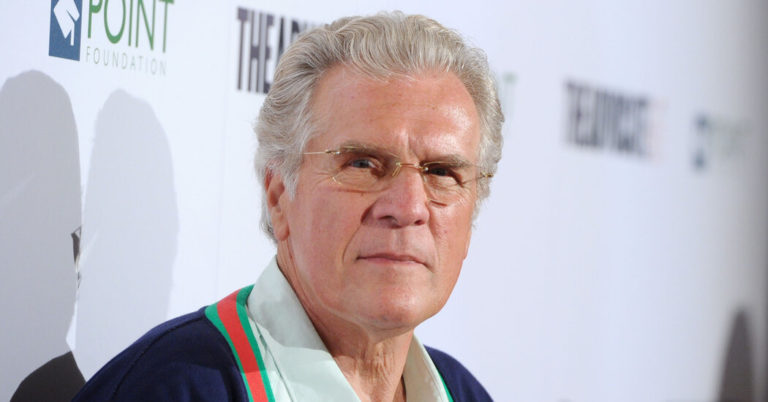

With a mix of delight and awe, Kopay watched it all unfold from his small apartment in Palm Springs, Calif.
“Looking at all of this, seeing the reaction to Carl’s announcement, it gives me a surge of contentment,” he said. “But I have to say, I thought this would happen 40 years ago.”
He noted the clutch of retired N.F.L. players who have recently made their sexual identity publicly known, and the large numbers in women’s sports like basketball and tennis. But an active player coming out in the N.F.L., a league still basking in a soup of toxic masculinity and macho posturing? For Kopay, a seeker of true change in sports, that has always been the holy grail.
“I thought that when I came out it would not be long before players in the league followed me,” he said. “But I had to wait. Oh, did I have to wait.”
Kopay, who was a running back, recalled the 1960s and ’70s, when he lined up for a series of teams in an N.F.L. career that stretched nearly a decade. He didn’t hide his sexuality. Most of his teammates and coaches knew. He remembers that Vince Lombardi, who coached Kopay in Washington, was particularly supportive.
But going public? Not a chance.
Years later, Sam tried to break that mold. When he told his truth after his final season at Missouri, a profound societal shift was underway. A little over a year later, the Supreme Court would finally make gay marriage legal in the United States.
Still, the football world was not ready. On draft night, TV cameras zoomed in as Sam kissed his boyfriend on national television. Cue the bleating anger from some fans, the weak-kneed squeamishness from some retrograde corners of the league.